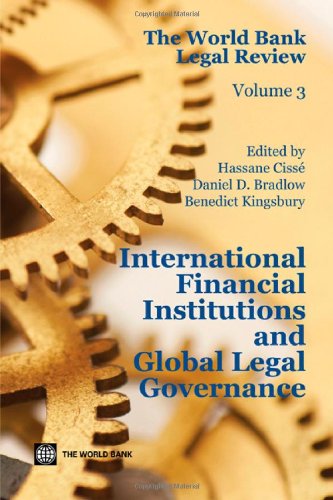This paper offers an overview of the existing and evolving structures of financing climate change mitigation and adaptation, including a brief history of climate finance; a description of existing and future sources of finance; an examination of mechanisms that distribute climate finance; and some of the key climate issues that need to be addressed going forward. Many developing countries have assumed leadership in international climate negotiations and have acknowledged their responsibility by adopting (voluntary and domestic) emissions-reduction targets, such as Brazil’s commitment to reduce deforestation, Mexico’s pledge to stabilize emissions by 2050, and Chinese investments in energy efficiency and renewable-energy deployment. Climate finance and the institutional arrangements underpinning it are likely to remain decentralized and fragmented. Many different funding sources (private and public), managing institutions (multilateral, bilateral, and national), and financing instruments (domestic or budgetary, international public mechanisms, and private investments and capital markets) will play a part in the near, medium, and long term.
This publication is only available to subscribers of the World Bank eLibrary.



